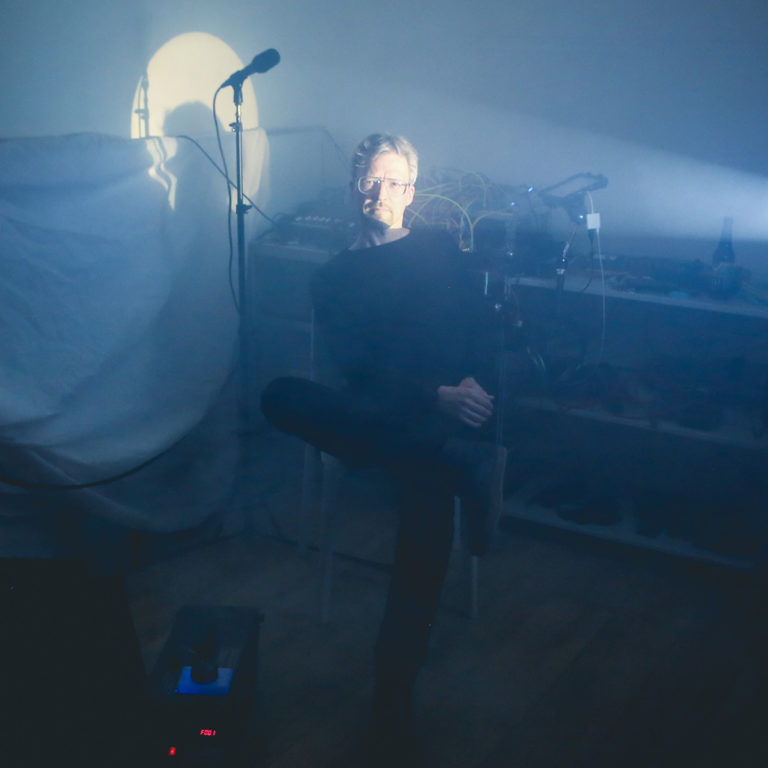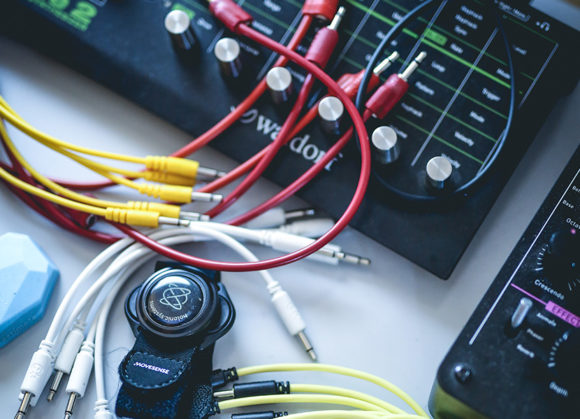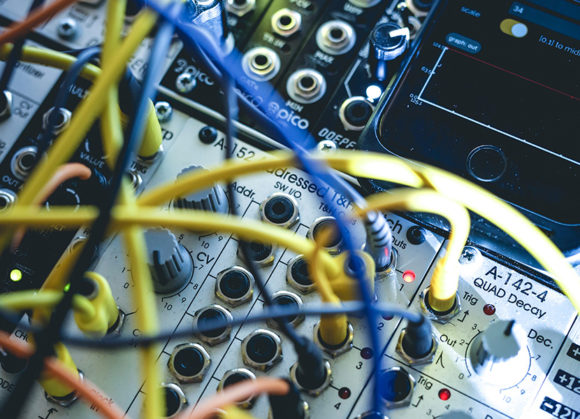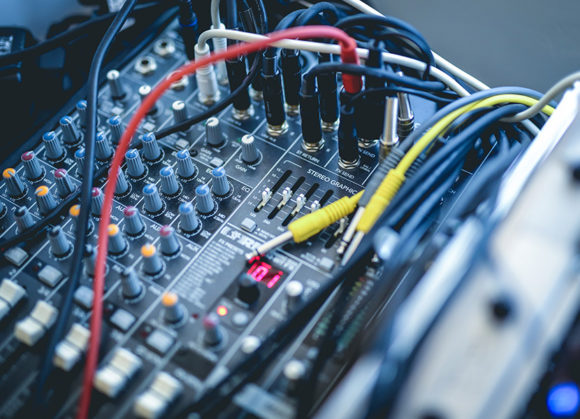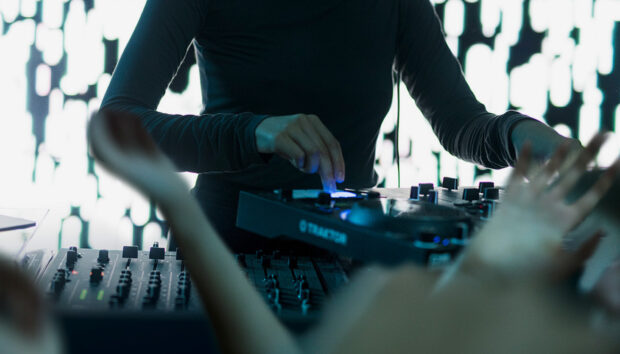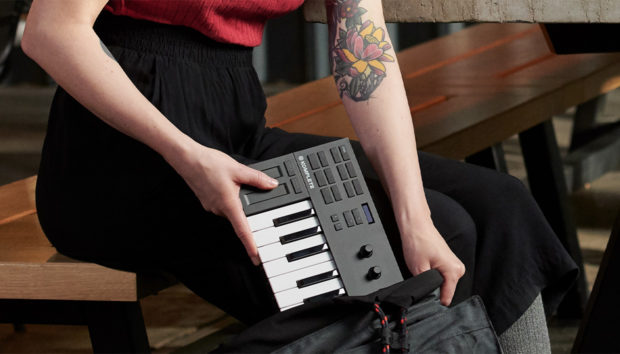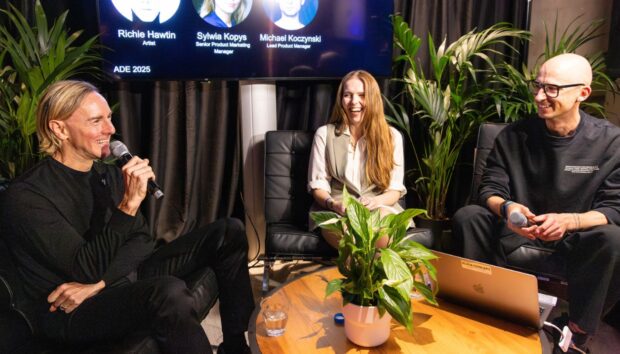Music performance and creation with body movement is now just a heartbeat and a gesture away, as electronic body music comes to Reaktor Blocks. We meet the team behind an incredible new technology that could change the way we interact with music.
Holonic Source is a brand new Reaktor Block that could have you controlling your modular rig with the flick of a hand or the beat of a heart. Holonic Systems — the developer behind it — has been described as a company that turns ‘real world data into sound’. It has created both the Holonic Source Block and a partner instrument app called Holon.ist that allow music and sound to be created and manipulated via a range of input signals including human movement, heartbeats, and even changes in the weather, or the relative satellite position of the user.
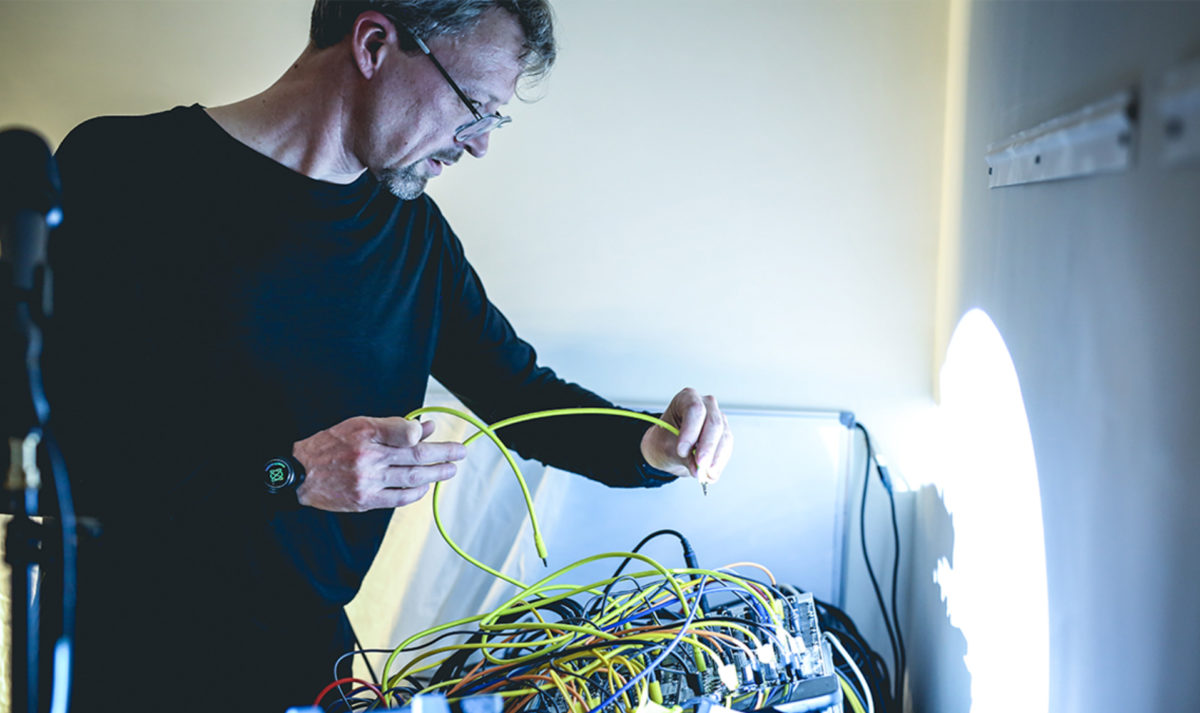
Holonic Systems was born out of a frustration with live electronic music performances by CEO Ove Holmqvist, who envisaged bringing more visual and interactive aspects to the stage. Ove’s original concept was “a synth that was based on physics, but controlled by gestures,” and after forming Holonic Systems with Mark Hakonen-Meddings and Henri David, their first consumer product was Holon which utilizes their mobile platform Holon.ist to trigger sounds with human movement, all via physical sensors.
“In trying to solve the problem of making electronic music performances more physically expressive,” Ove says, “we found many new possibilities for intuitive musical interactions. We can now offer users a complete solution to create structurally-coupled biomusic performances or adaptive live compositions that transfer seamlessly from street to studio to stage.”
“Holon.ist can also be used in less dramatic ways,” he adds. “Traditional instruments can be augmented with sensors – pedals being the most obvious – and amplified instruments can also have different audio effects controlled by the weather, the direction of the sun and movement.”
A demo of the Holon system made a splash at last year’s Superbooth in Berlin where Ove, Mark and Henri played sounds on a modular synth system, all triggered and modulated by movement with Bluetooth sensors. Videos of the performances soon went viral on Sonic State, CDM, Synthtopia and Sound On Sound, revealing Holon’s ground-breaking physical human/music relationship and demonstrating the huge performance potential.
“Professional musicians and stage performers can use our software to enhance their shows through ‘action-perception coupling’,” Ove says, “where the audience observes physical movements that correspond with sound, which then enhances the experience and makes it more relatable. We also often use gestures with Holon.ist to control lighting, hazers, wind machines and so on. This always makes an impact, but our technology can also be about allowing non-musicians, even audiences, to participate in music making.”
Taking this further, Ove sees Holonic Source leading to performances become an experience that will break down the barriers between performer and audience, something that has certainly been born out in some of the events in which the system has been demoed.
“In multi-user scenarios, the border between performers, equipment and audience becomes diffuse,” he says. “Participants become a physical part of the circuitry, where their feedback contributes to the macrostate of the Holonic system. We did a couple of events in Brussels, where clubbers wore sensors and created fairly banging techno by moving and shaking various body parts. Someone had the bass line, the tempo was controlled collectively between several users, others just had a rimshot or cowbell. For us, this was clearly the future.”
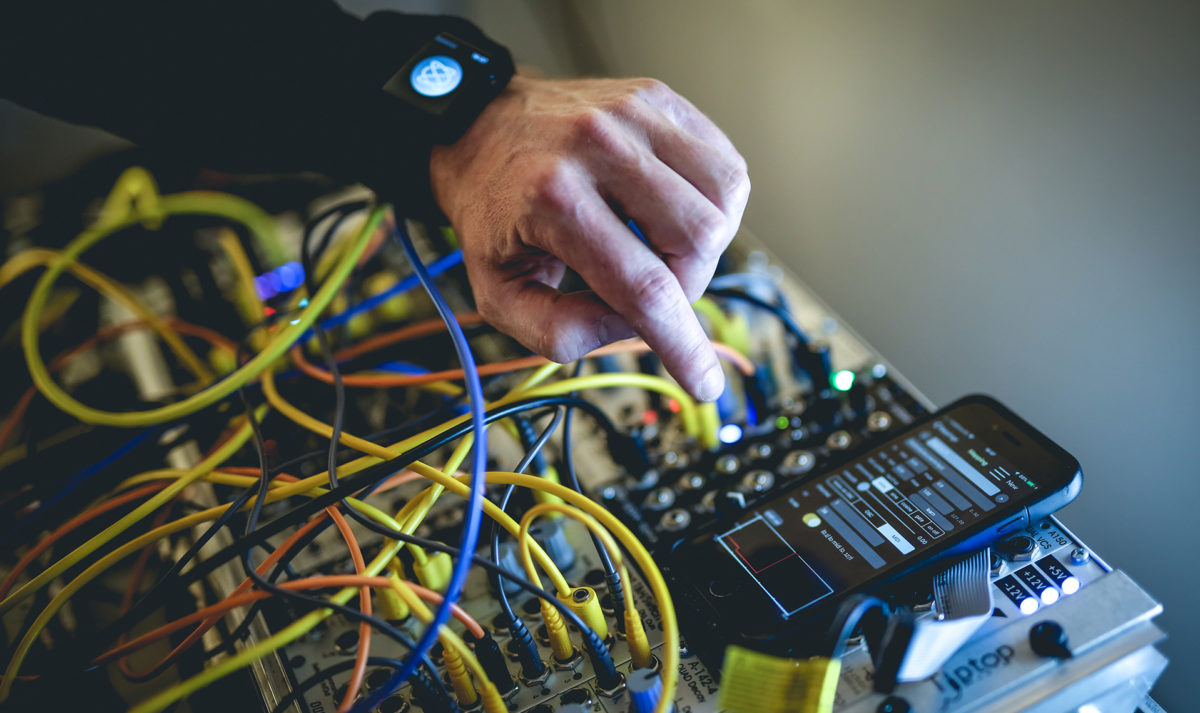
Coming to a block near you
The more immediate future of Holon, however, is the system’s appearance on the Reaktor Blocks platform, with a special free ‘receiver’ Block called Holonic Source now available to partner with the Holon.ist app, thus opening up the vast world of Reaktor instruments, effects and other plug-ins to the input of Holon-type gestures and other data. It’s a mouth-watering prospect and an almost inevitable meeting of minds.
“I always felt that Holonic Systems and Native Instruments share the same values and future outlook on the music industry,” Ove says of the partnership. “Reaktor allows for complex synthesis not possible on a mobile device, and Holon.ist is a mobile platform that we have used with modular gear and with MIDI synths. It seems a natural fit to integrate Holon.ist with the world of Reaktor, as we know it is the preferred environment for many of the most forward-looking musicians and dedicated enthusiasts.”
“All of us had used Reaktor, but the Blocks concept was new to us,” he continues. “Since Reaktor supports Open Source Control (OSC), creating a receiver Block for our Holon.ist app was possible with the very kind support of the Reaktor team. It’s also great that we can use our partner Suunto’s Movesense sensors as music controllers.”
Ove can see the technology taking some exciting twists and turns, especially with the new Source Block. “It really was a pleasure working with Native Instruments, and we look forward to many new projects,” he states. “Holonic Source and Holon.ist are about truthful and free electronic musicianship. Together, they can be used to create memorable and intense live performances. We obviously hope there are going to be many user patches and tutorials available, as there are a lot of directions where this could go. The resulting kind of music is very dynamic by nature; combinations of movements and events become phrases you’d never think of otherwise, and I also find that synthesis patches literally come to life. Users may find their indoor step count increasing a lot!”
Ove hopes to continually develop the Holon.ist platform and has already incorporated more extreme input features into the Holon system which he hopes to see users utilize and explore. For example, changes in altitude and other physical locations mean stairs, lifts, and doors can all become input parameters, and data can also be input via iBeacon and Geofence technology. Holonic Systems is also currently working with London’s Queen Mary University on their doctoral program on AI in music.
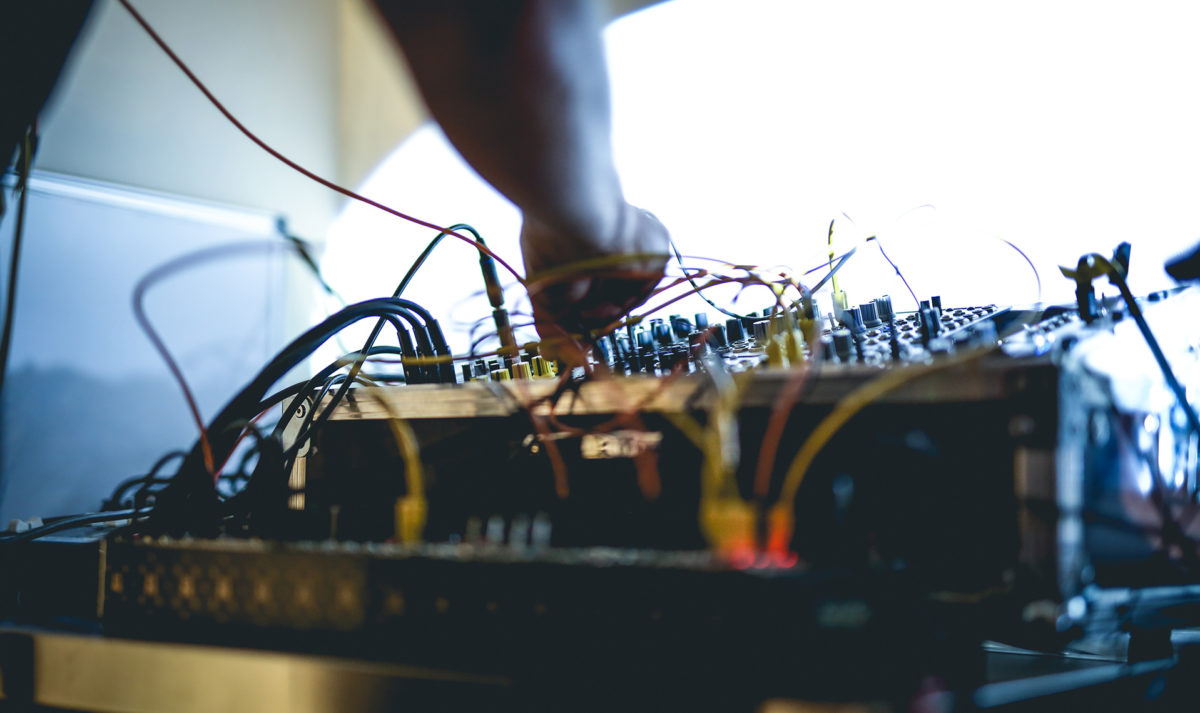
photo credits: James Chapman








